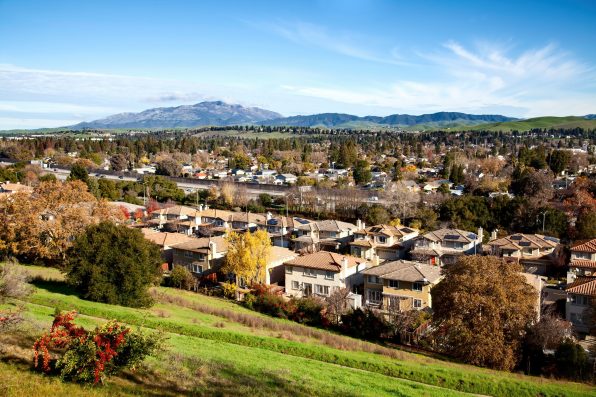A Fungal Disease Known As Valley Fever That Can Cause Mild, Flu-Like Sickness Or Severe Pneumonia Is On The Rise In California, Possibly Due To Climate Change

Valley fever all but vanished 50 years ago, but now, it’s back in California and has become a pressing concern. Scientists believe it has re-emerged because of global warming. They are working quickly to study the disease before it can spread further.
Valley fever is a fungal disease caused by inhaling the spores of Coccidioides. The fungus has evolved to thrive in the dry, harsh soils of the southwestern United States.
When activities like farming, construction work, or even a big gust of wind occur, the fungal spores can be released into the air and make their way into human lungs. They can cause a mild, flu-like sickness or severe pneumonia.
In recent years, valley fever has been on the rise. According to the California Department of Public Health, cases have tripled during two periods in the past decade—2014 to 2018 and 2018 to 2022.
The illness is a major public health threat that can often disguise itself as other respiratory infections, such as Covid-19.
A team of researchers from the University of California, San Diego, the University of California, Berkeley, and other institutions evaluated more than 89,000 cases of valley fever that occurred between 2000 and 2021 in California.
Their findings revealed a complex relationship between climate conditions and disease outbreaks. Surprisingly, drought contributed to when the disease peaked.
Several decades ago, the disease had nearly disappeared. In the 1940s and 1950s, the widespread use of oil to minimize dust on roads and in agriculture significantly reduced Coccidioides spores, triggering a decline in cases of valley fever. However, the practice was stopped in the 1970s due to environmental concerns.
The discontinuation of the practice, along with increasing development in dry regions and shifting climate patterns, laid the foundation for valley fever’s return. The research team discovered that valley fever cases peak between September and November in California.

Jennifer Chen – stock.adobe.com – illustrative purposes only
So, the riskiest time for exposure to the fungus is between July and September, as it takes time for symptoms to appear.
Some places in the state showed variations in when the seasonal peaks occurred and how hard they hit. For instance, the San Joaquin Valley peaked earlier.
“Most seasonal infectious diseases show a peak in cases every year, so we were surprised to see that there were certain years during which few or no counties had a seasonal peak in valley fever cases,” said Alexandra Heaney, the first study author.
“This made us wonder what was driving the differences in seasonality between years, and based on the timing we observed, we hypothesized that drought might be playing a role.”
Periods of severe drought actually caused the number of seasonal cases to go down. But when drought conditions came to an end and were followed by wetter periods, seasonal cases surged upward.
The pattern might have to do with the fungus’s life cycle and how it interacts with other soil microbes and animals. Coccidioides likely adapt better to arid conditions during long dry spells than many microorganisms.
They survive while the others die. When the soil regains moisture, the fungus can flourish, leading to more spores and infections.
The findings can help inform public health efforts in California. They also highlight the complications that climate change causes for infectious diseases.
As California faces the ever-increasing likelihood of severe droughts and intense rainfall, valley fever outbreaks may become more common.
The study was published in The Lancet Regional Health – Americas.
Sign up for Chip Chick’s newsletter and get stories like this delivered to your inbox.
More About:Science





